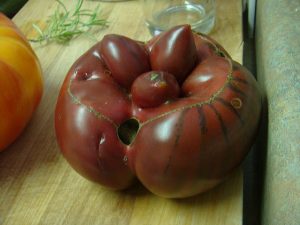 How green is your fodder? Turns out, in the UAE, not so green. A new program aims to change that.
How green is your fodder? Turns out, in the UAE, not so green. A new program aims to change that.
In order to combat the dual challenge of desertification and regional water shortages, the United Arab Emirates are experimenting with myriad innovations. The latest encourages local farmers to switch to a different variety of fodder. A variety that uses less water. Not surprisingly, indigenous grass species are better adapted to survive in the Emirates. After a decade of testing, the Ministry of Environment and Water, along with the International Center for Agricultural Research, are urging farmers to make the switch.
Of the water used for agriculture, 3/5 is devoted to growing fodder for livestock. At present, many farmers are using Rhodes grass, which was imported from Africa. Known to grow quickly, it is nonetheless hydrologically expensive, particularly for a desert region.
Ten years ago, the Al Awir program spearheaded by Mr al Alzon. Out of 350 local species, only a few were tested. Buffel grass was then imported from Pakistan and within five years, researchers established a perfect growing program.
It has emerged that Buffel grass is equally nutritious as Rhodes grass, but only uses 1/5th the amount of water. While Rhodes require six hours of continuous water, Buffel can thrive on just fifteen minutes a day of drip irrigation.
And in the summer time, Rhodes vanished while Buffel soared.
At present, only eight of the 1000 Emirate farms have signed up to make the switch. In part, this might have to do with easy implementation. One farmer with 12 farms involved with the experimentation has decided not to keep using the Buffel grass.
Instead, Mr. Saiml Hassan will use Theman grass imported from Pakistan, which produces more hay.
“The local species can grow with seeds, but the plant is not as thick or green and doesn’t have as big of a crown,” Mr Hassan told The National.
Oman and Saudi Arabia are also expected to start experimenting with local species.
:: The National
More on agriculture in the Middle East:
Earthmisting Irrigation May Be Plausible Solution For Middle East
First AeroFarms Units Installed In Jeddah
Wind Turbines Cool Off Agriculture As The Planet Warms Up
Image via charlesfred



I’m expat in UAE, interested in setting up fodder farm with the help hydroponics systems. Appreciate if experienced farmers could assist with legal government requirements required in order to start up and operate. Also would like to know if any of the emirate provides incentives for start up and operation of agriculture farms.
I am a Field engineer in Al Dahra Agriculture company pakistan Pvt Ltd.
But intrested to work in groups and want to service in U.A.E